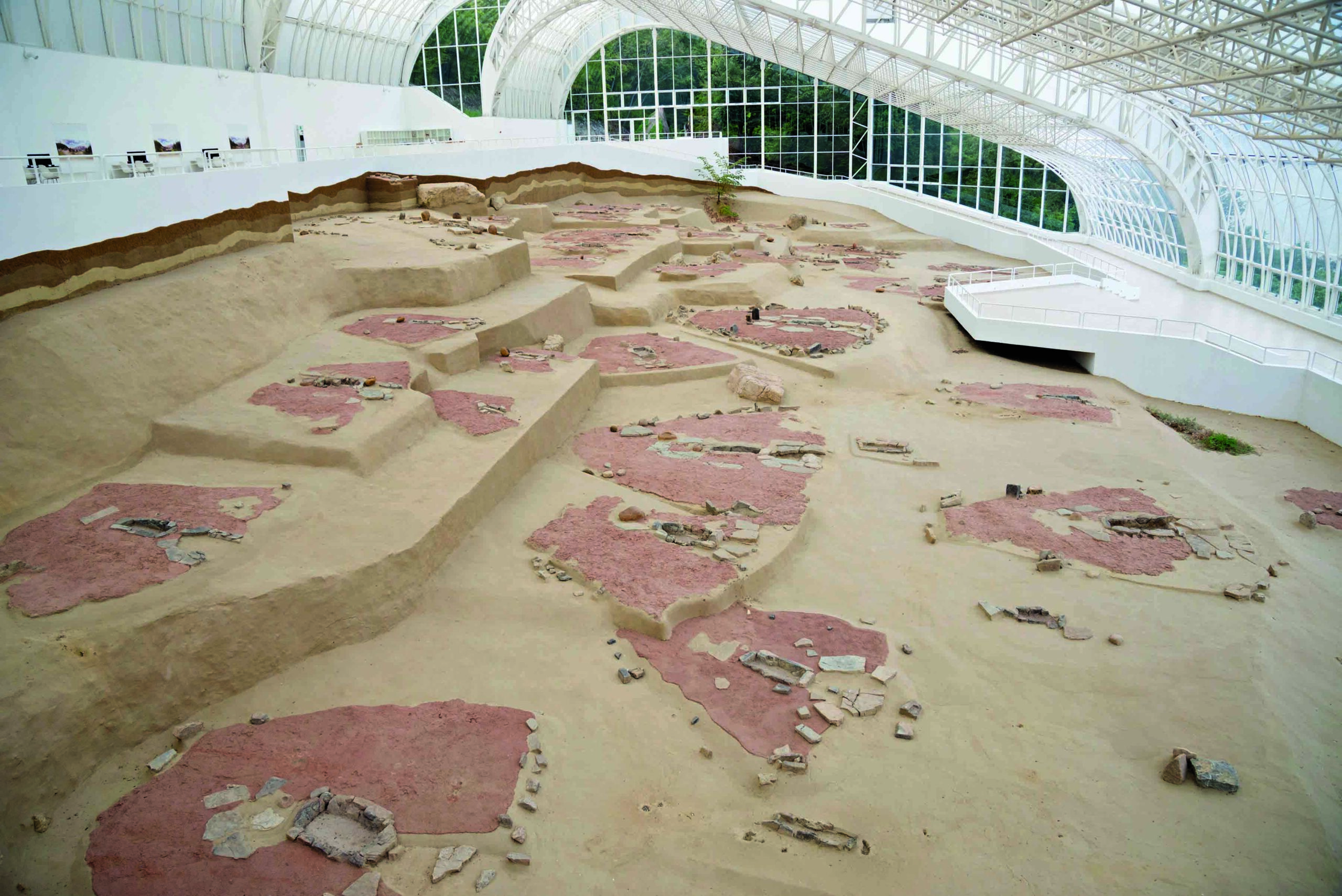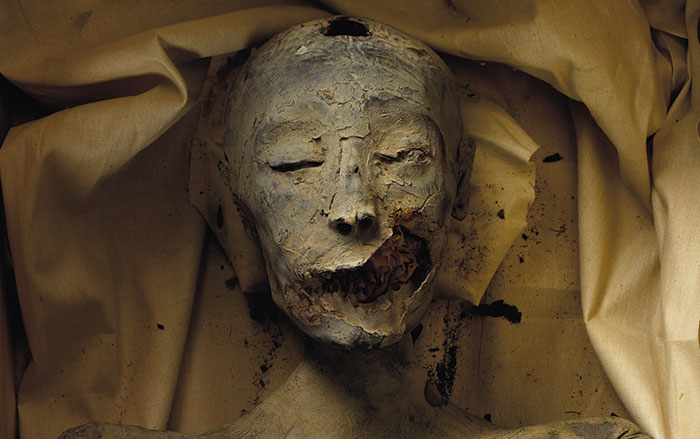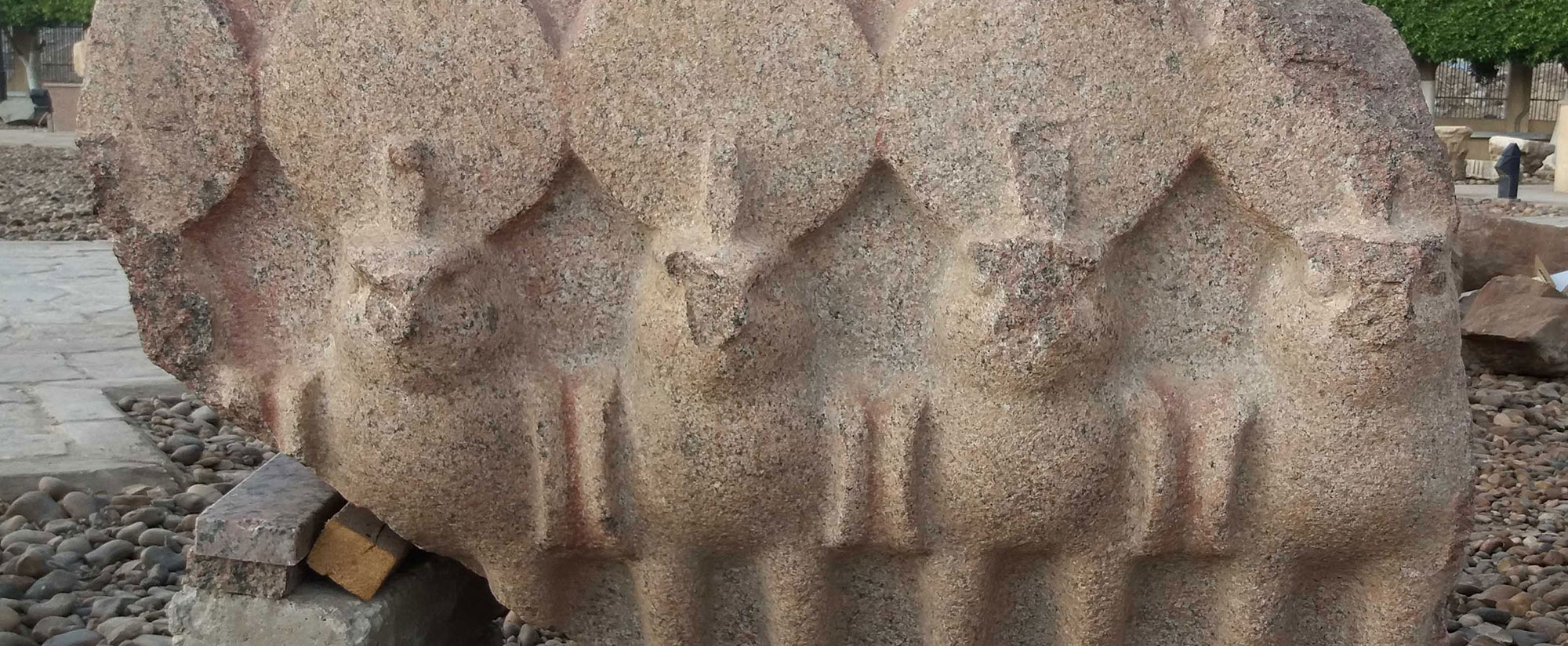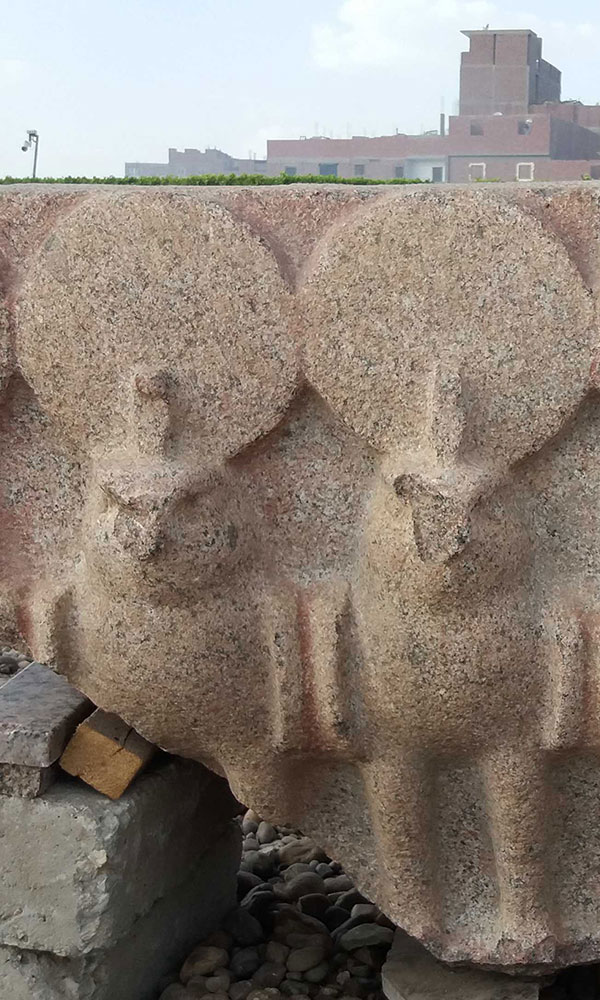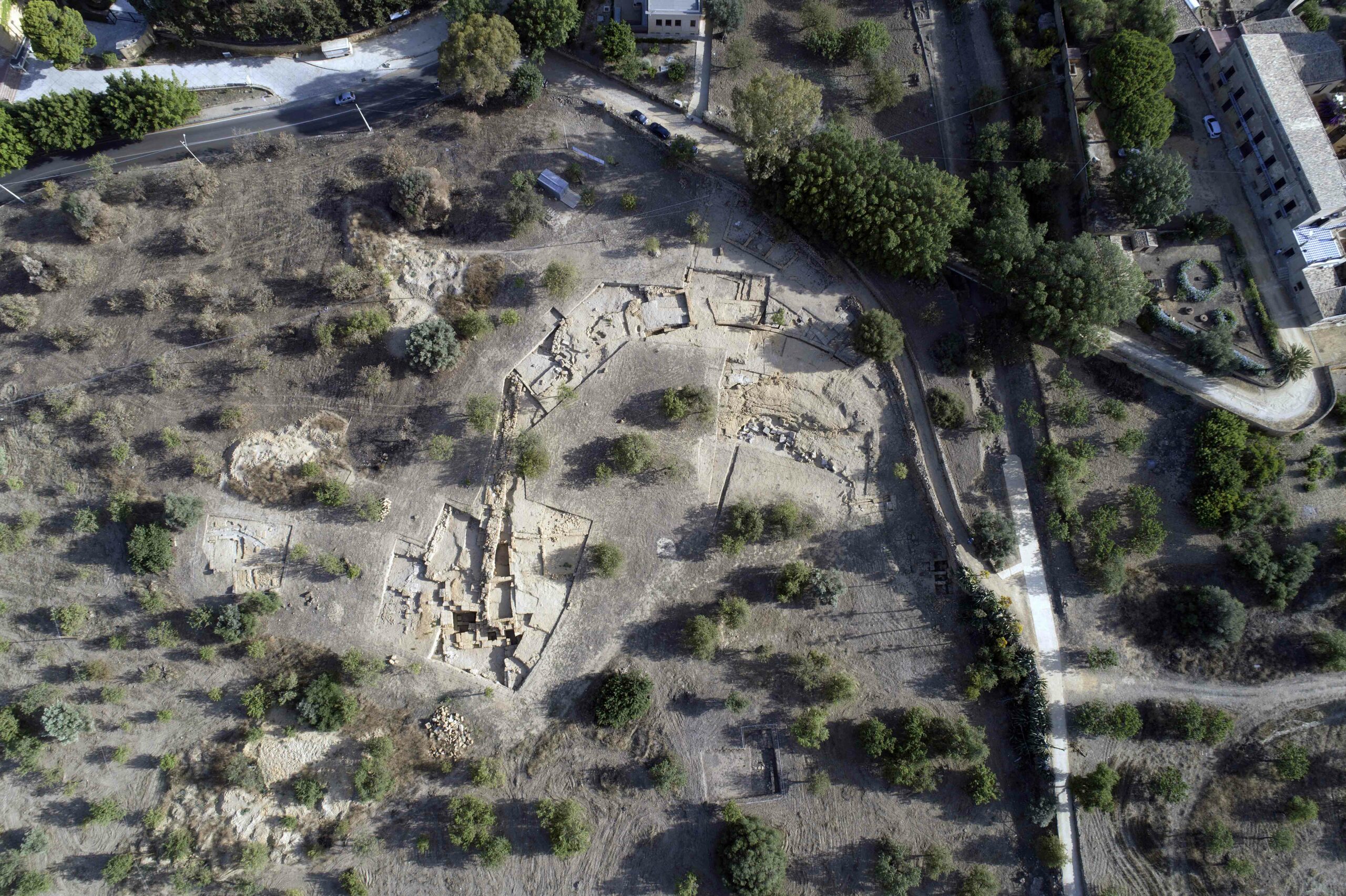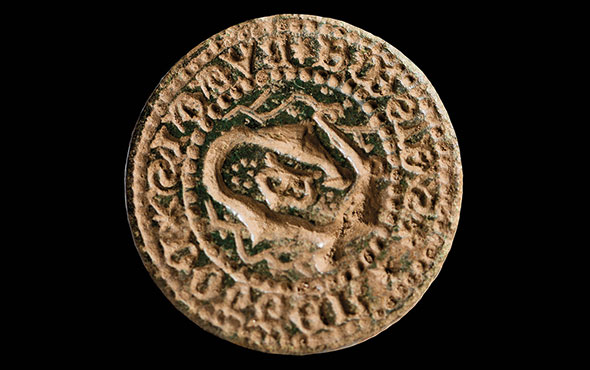
When the Vikings who colonized Iceland more than 1,000 years ago interred their dead, they often included a perhaps surprising grave good—horses. Now, researchers have analyzed the scant amounts of DNA retrievable from 19 of these horses’ remains and determined that all but one was male. Why the Vikings were buried with male horses is unclear, although it may have had to do with an association between stallions and virility, according to zooarchaeologist Albína Hulda Pálsdóttir of the University of Oslo. However, she notes, horse burials were not reserved for men. In fact, around a third of those buried with horses were women.





